The presentation of the trio of new iPhones is behind us. We all already know their functions and properties, and many laymen and experts already have a clear picture of what this generation could and could not bring. Those who were looking forward to the camera's night mode or perhaps an ultra wide-angle lens were certainly not disappointed. But the new iPhones also lack several features that many users are still calling for in vain. Which ones are they?
It could be interest you

Bilateral charging
Two-way (reverse or bilateral) wireless charging was first introduced by Huawei in 2018 for its smartphone, but today it can also be found in the Samsung Galaxy S10 and Galaxy Note10. Thanks to this function, it is possible to wirelessly charge, for example, headphones or smart watches via the back of the phone. The new iPhone 11 Pro and 11 Pro Max were also supposed to offer bilateral charging, but according to available information, Apple canceled the function at the last minute because it did not meet certain standards. It is therefore possible that next year's iPhones will offer bidirectional charging.
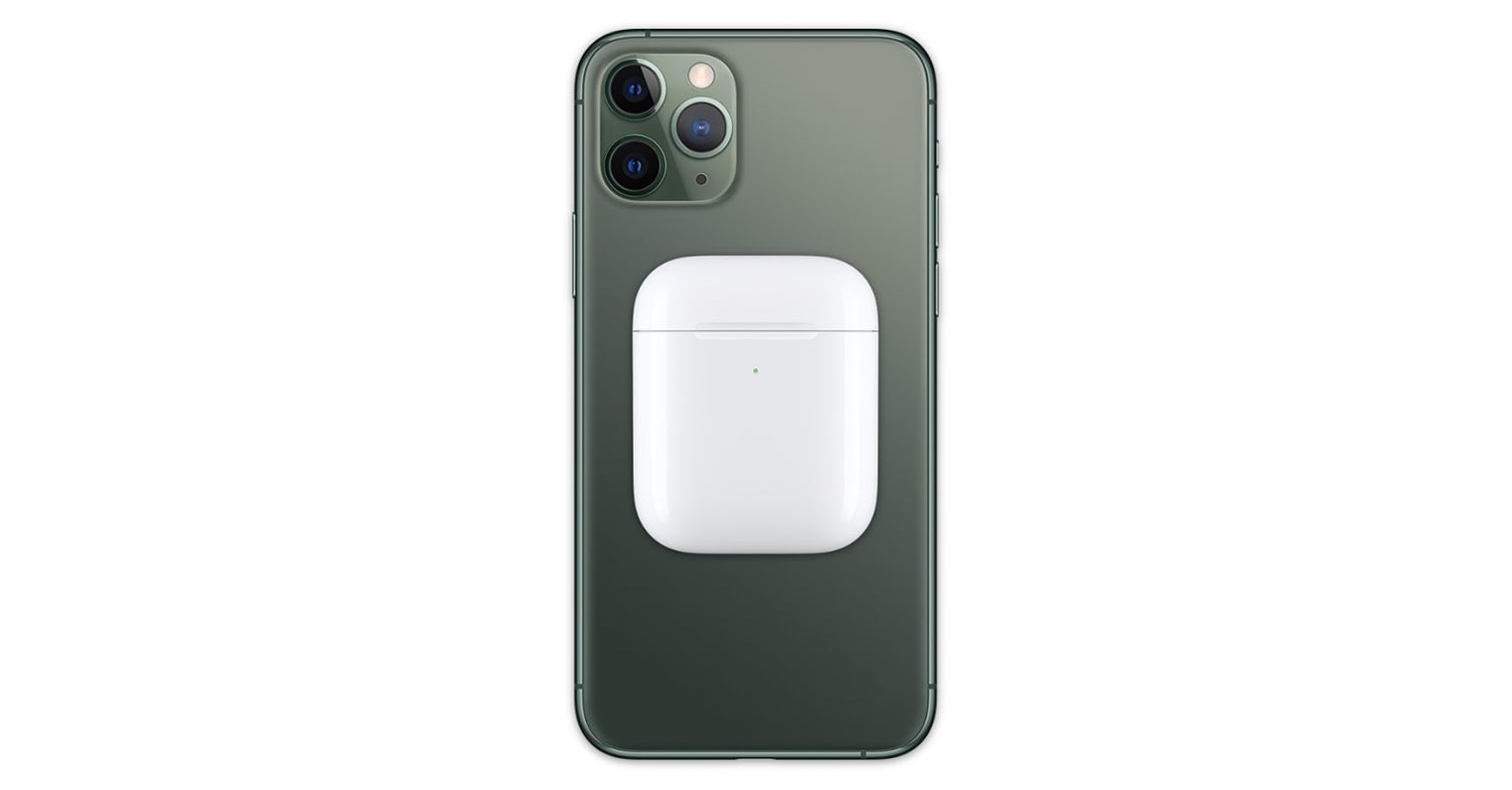
Smoother display
Apple equipped this year's iPhone 11 with a display with a refresh rate of 60 Hz, which many people assessed as "not great, not terrible". The iPhone 12 was speculated to offer a 120Hz display refresh rate, while some expected 90Hz for this year's models. Without a doubt, this value would significantly improve the performance and performance of the display on premium models. It is quite common for some competing smartphones (OnePlus, Razer or Asus). However, a higher refresh rate has an adverse effect on battery life, which is perhaps the reason why Apple did not approach it this year.
USB-C port
The USB-C standard is certainly no stranger to Apple, especially since it was directly involved in its development, as evidenced by, for example, the newer MacBook Pro and Air or iPad Pro, where the company switched to this type of connectivity. Some predicted a USB-C port for this year's iPhones, but they ended up with a classic Lightning port. USB-C connectivity on iPhones could bring a number of benefits to users, including being able to charge their mobile device with the same cable and adapter they use to plug in their MacBook.
However, the iPhone 11 Pro has received a certain improvement in this direction, which will come with an 18W charger for fast charging and a USB-C-to-Lightning cable, which means that it will be possible to charge this model directly from a MacBook without the need for an adapter.

Display across the entire front of the phone
Like the previous two generations of iPhones, this year's models are also equipped with a cutout in the upper part of the display. It hides the front camera and the sensors needed for the Face ID function. The cut-out caused the biggest stir with the arrival of the iPhone X, but for some it is still a topic today. Some smartphones of other brands really got rid of the cutout, while others reduced it to a minimum. But the question is whether removing or reducing the notch on the iPhone would have a negative effect on the functioning of Face ID.
Fingerprint sensor in the display
The fingerprint reader located under the display is already quite widespread among competitors and can be found even in lower-middle class smartphones. In connection with iPhones, there was also speculation about Touch ID in the display, but this year's models did not receive it. The fact that the function is not yet mature enough for Apple to integrate it into its phones certainly plays a role. According to information, however, the company continues to develop the technology and it could be offered by iPhones introduced in 2020 or 2021, in which Touch ID in the display would stand alongside Face ID.

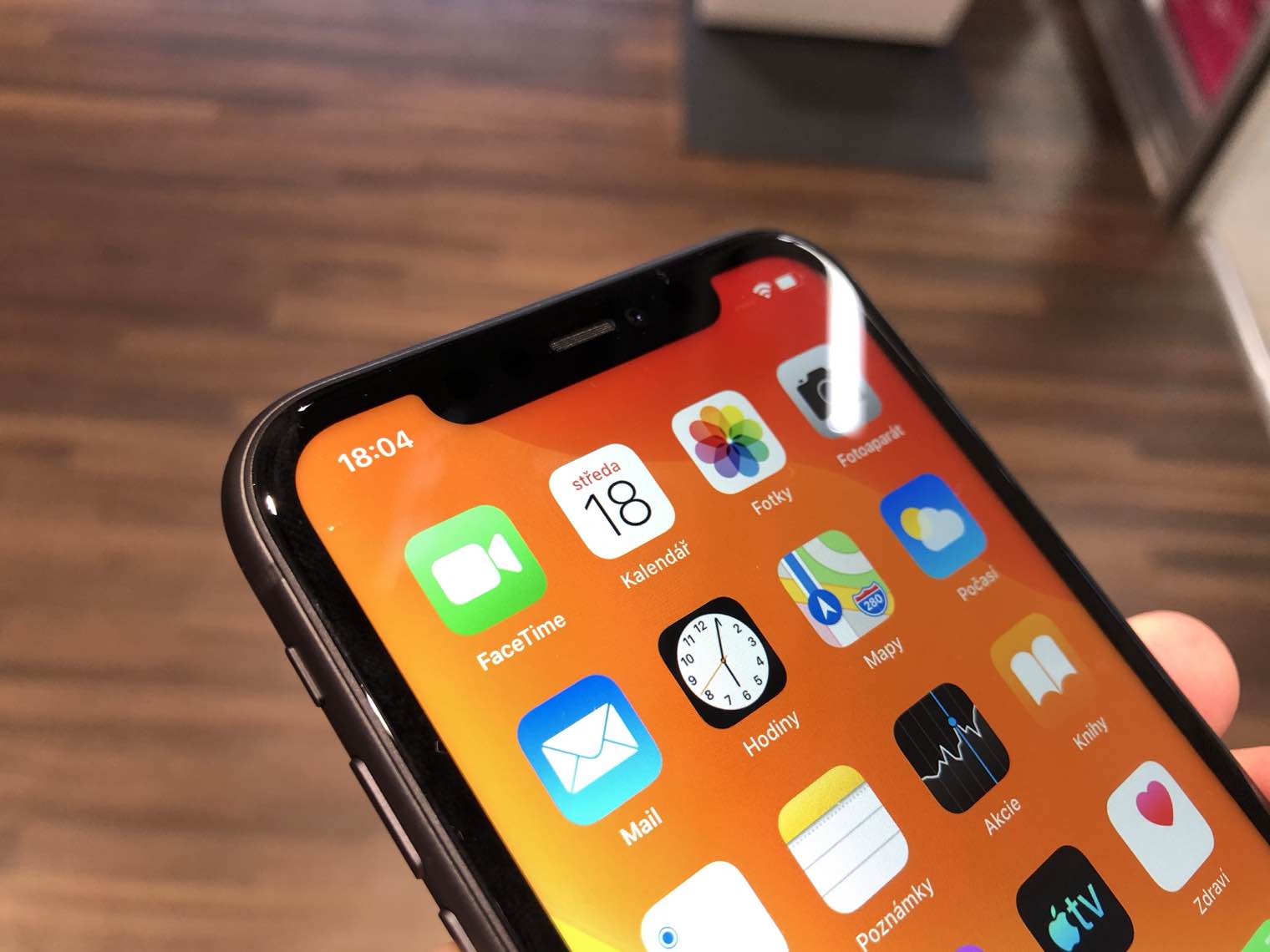

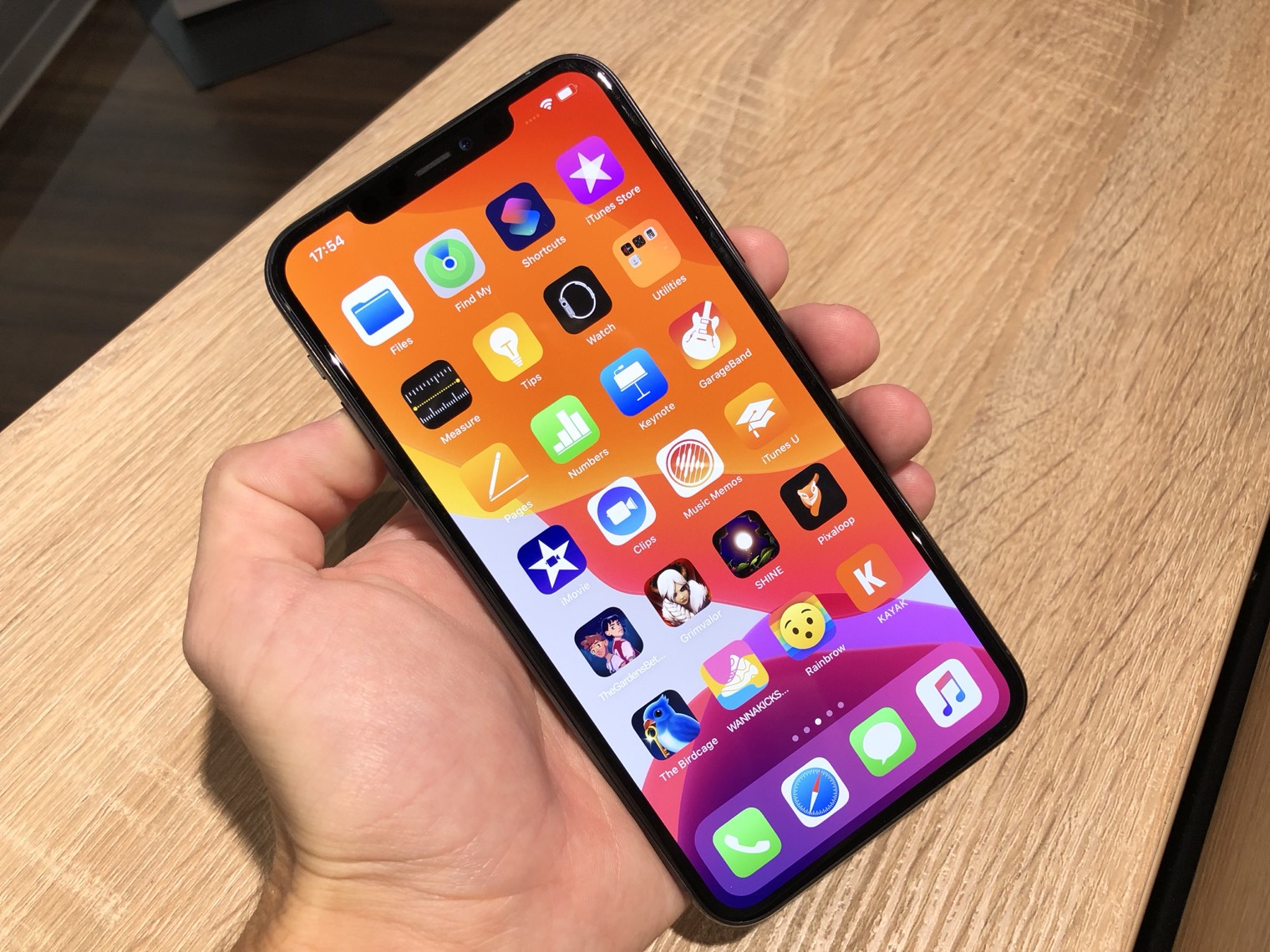
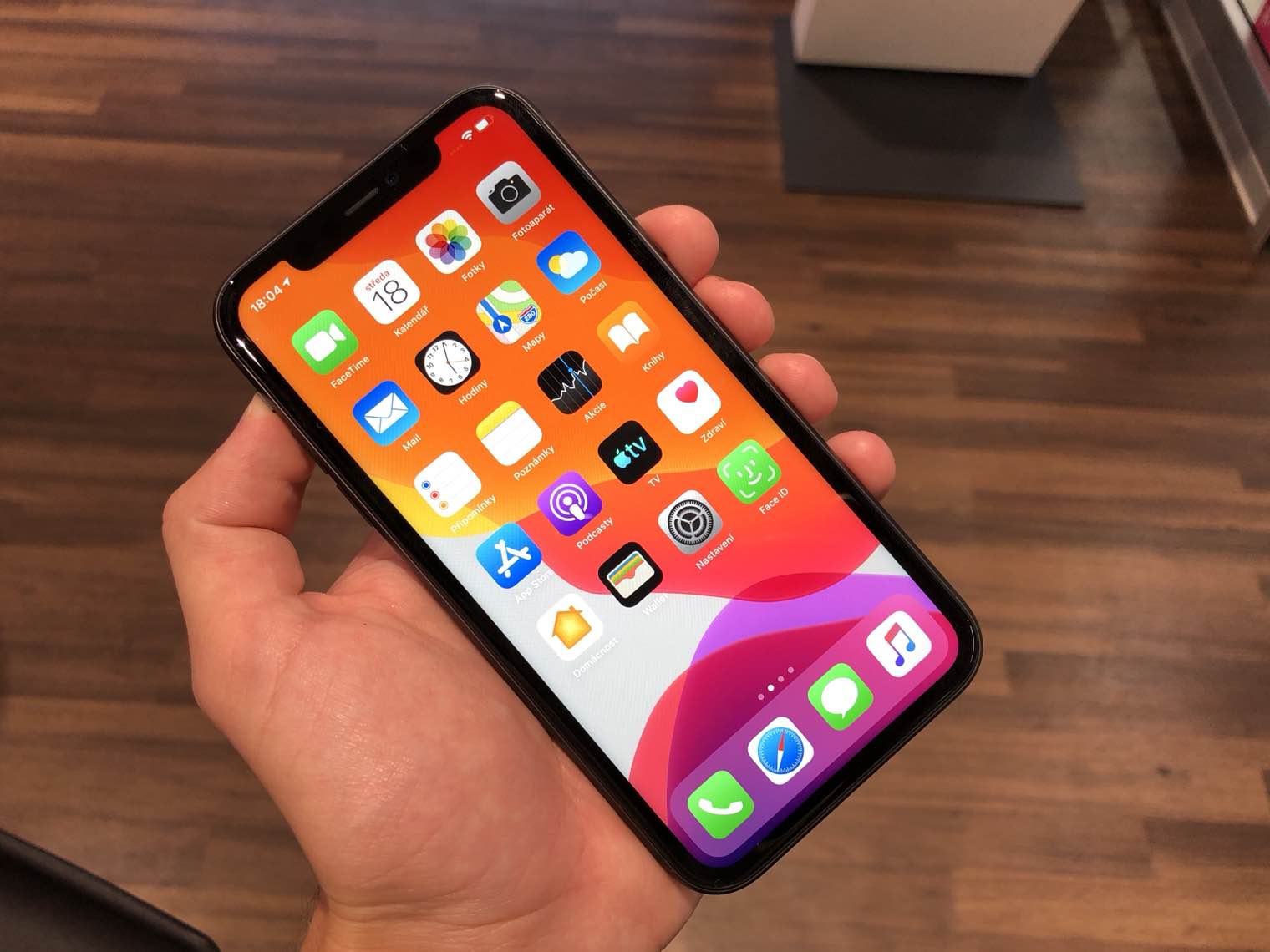

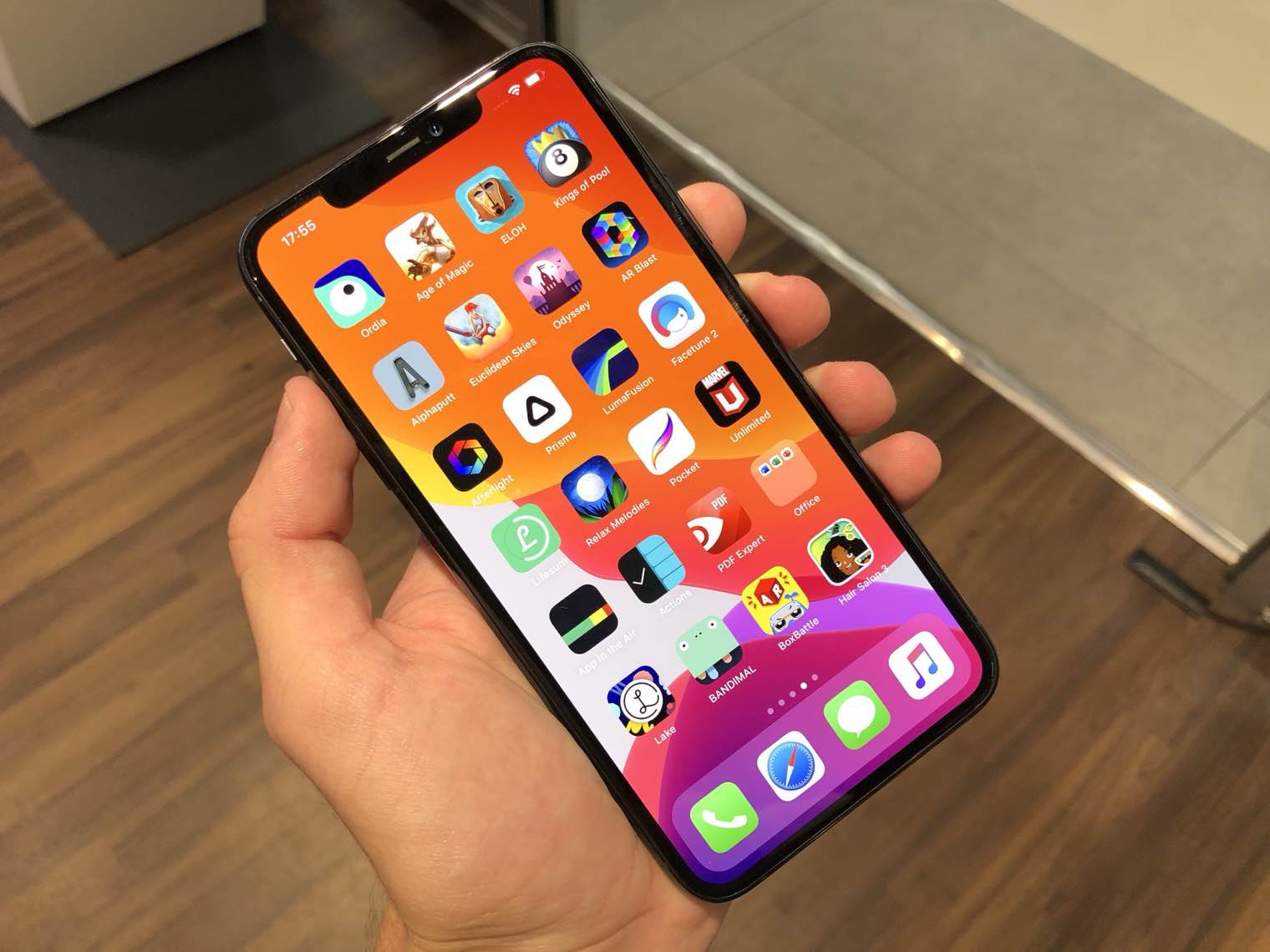

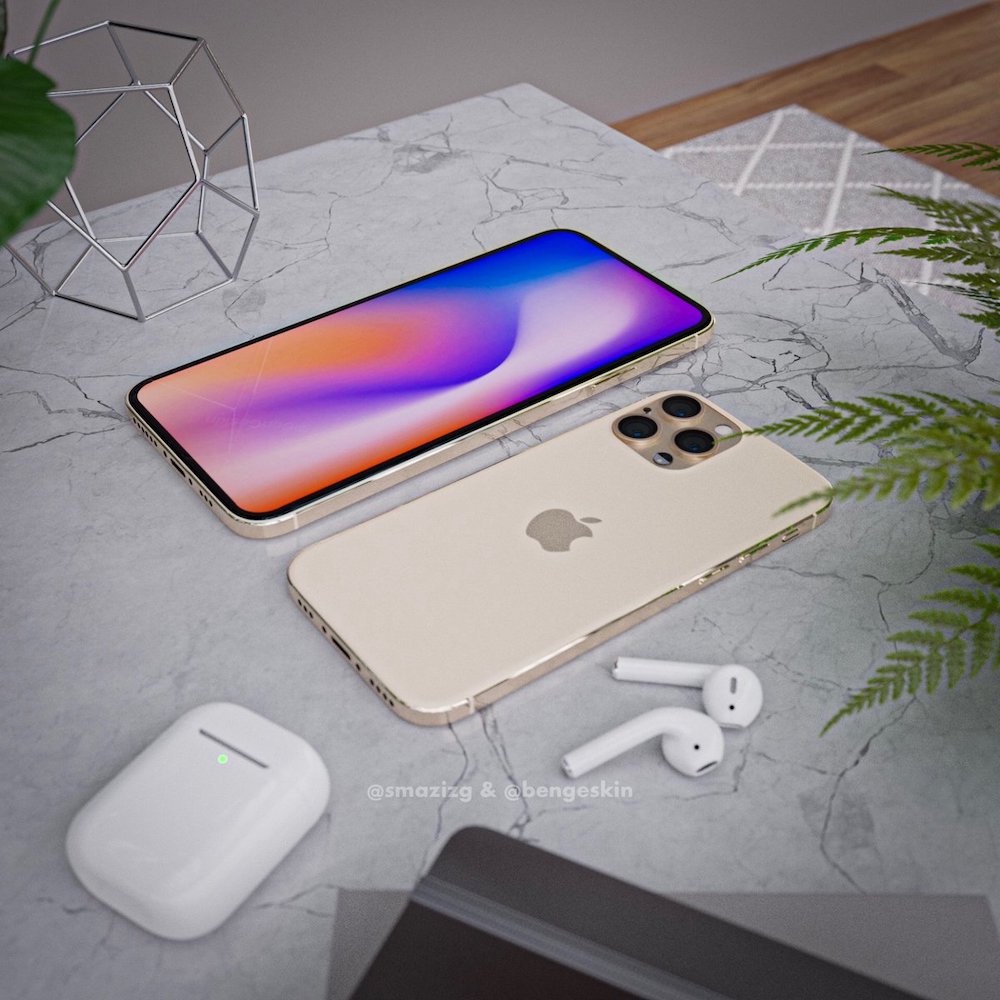
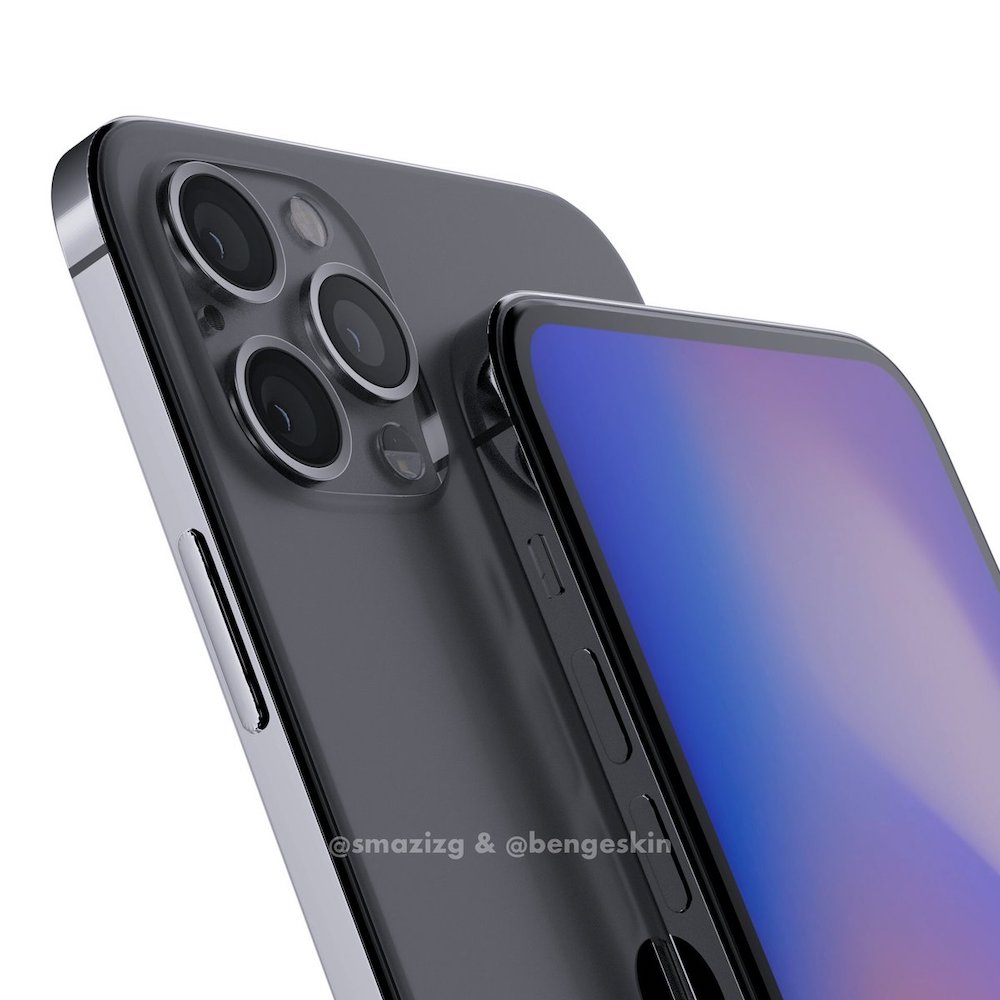
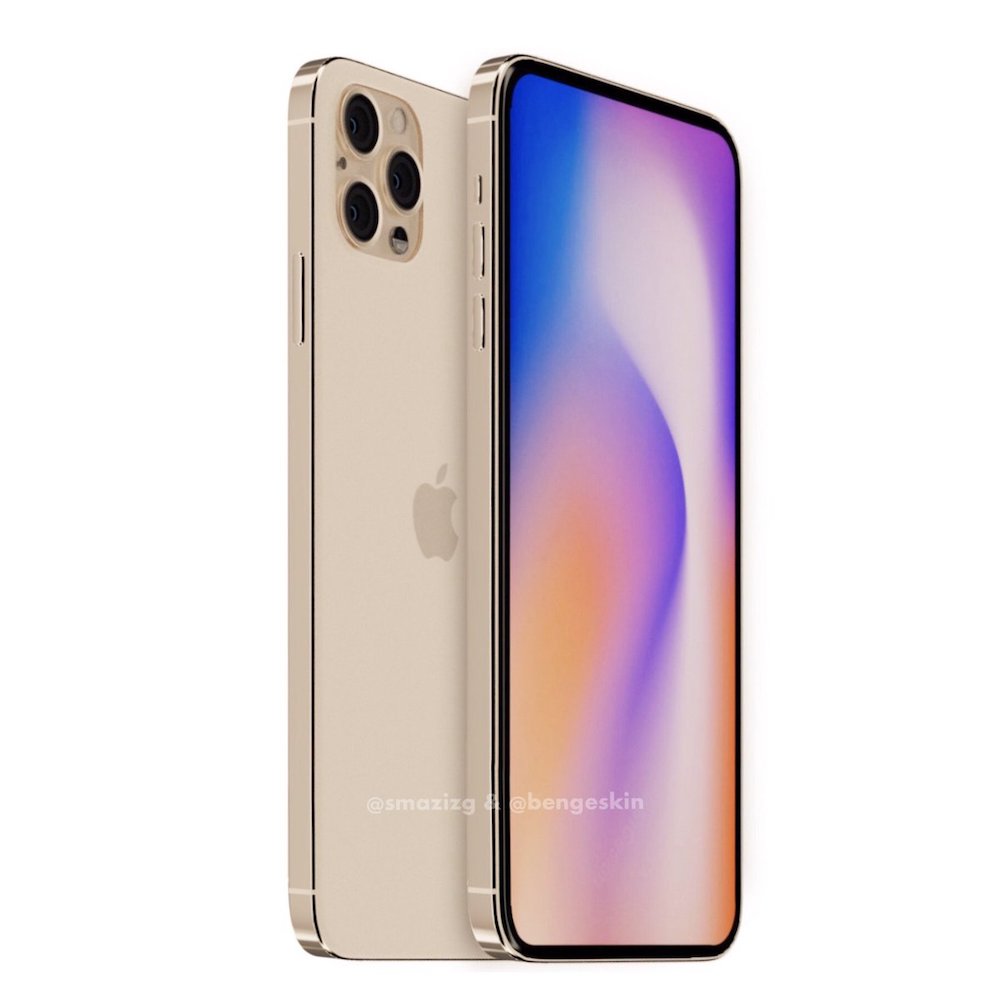
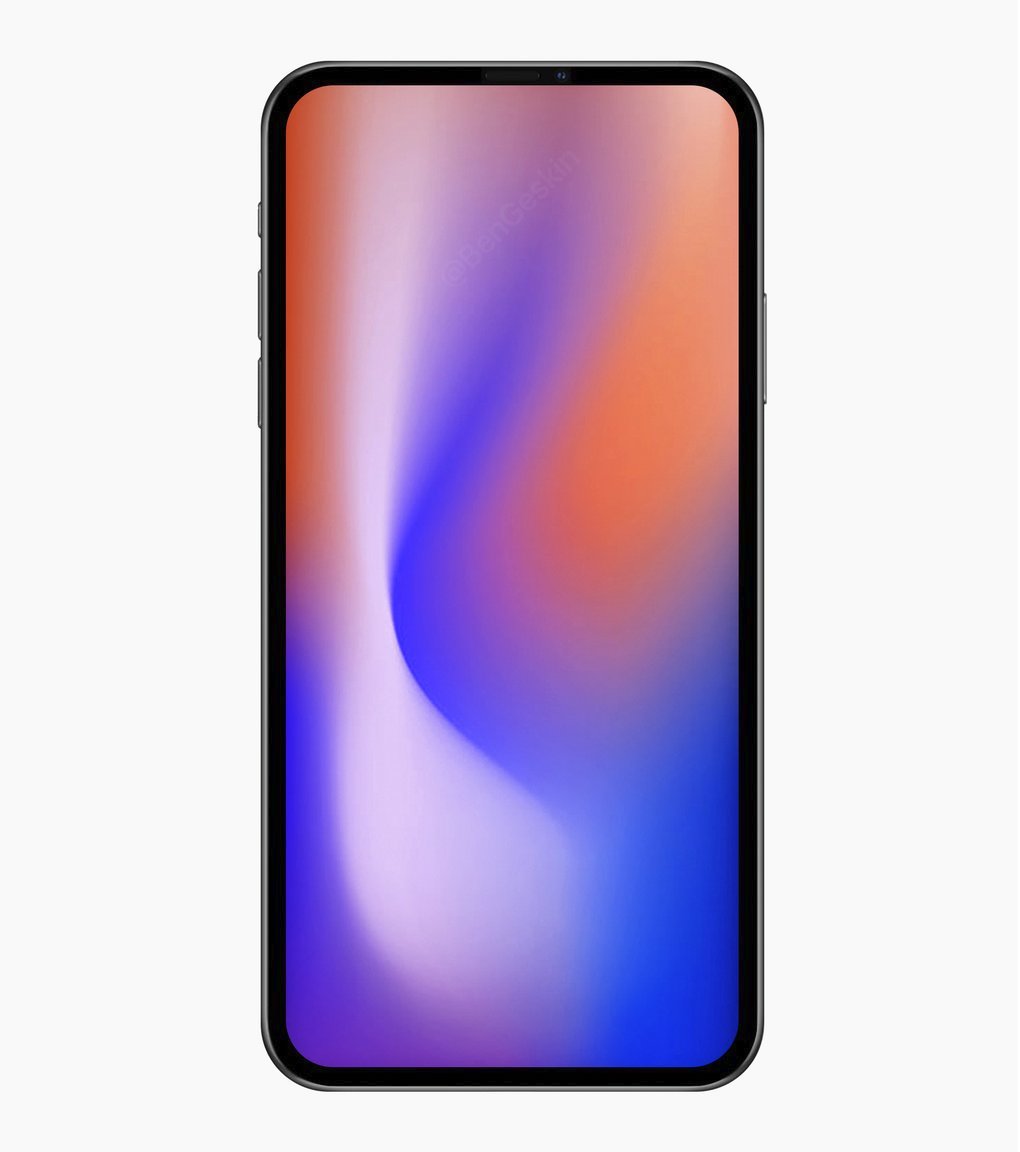
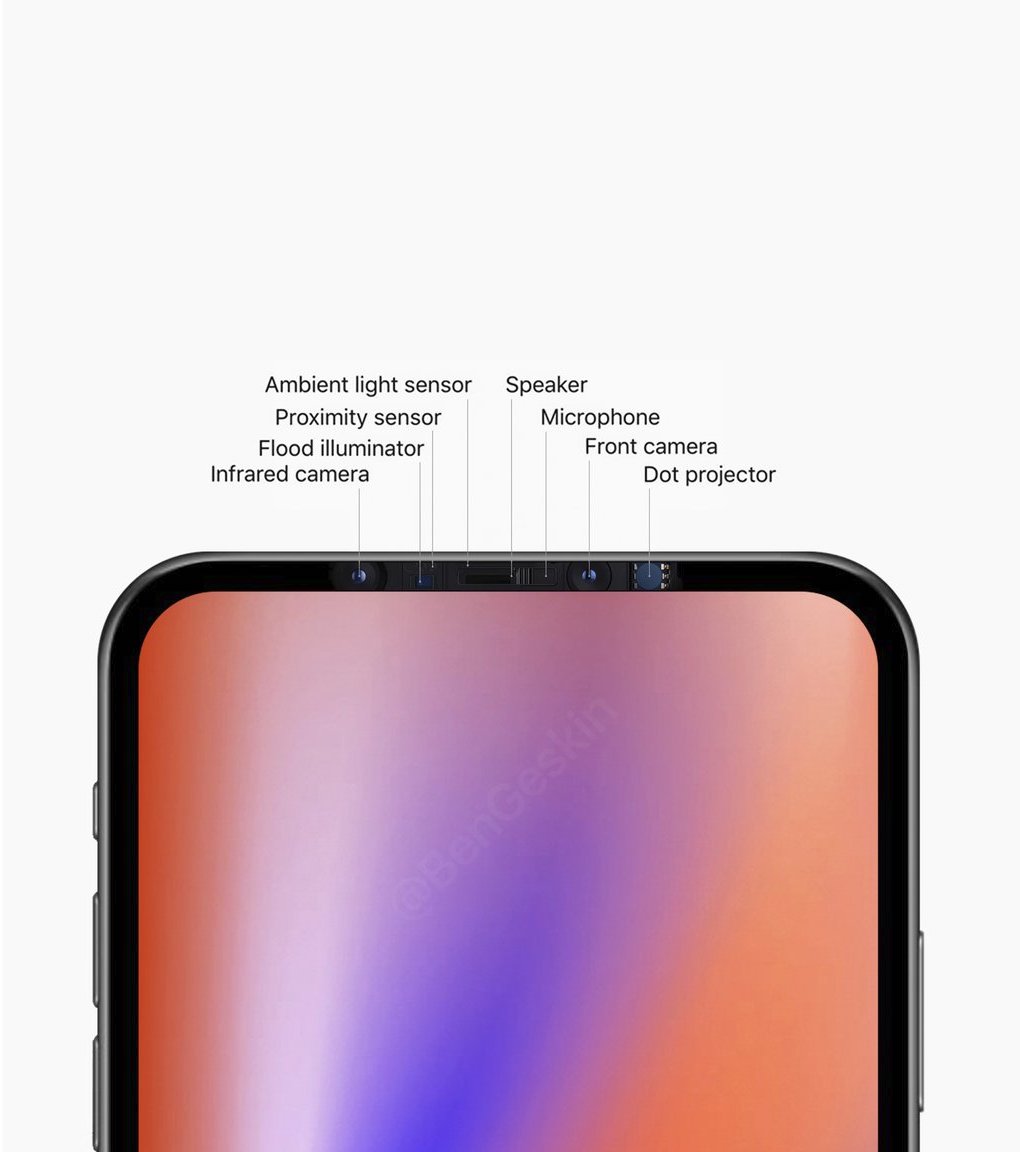
It's a shame that it's not possible to rate entire articles...
Notification diode/always on display.
Agreed, I miss this so much.
Personally:
Charging: I don't know what kind of sign it would have if the current iPhone had it, as long as the batteries in the phones don't last about 4-5 days, I think it doesn't matter. For example, I charge the headphones to 50% and the mobile phone will be dead? Nonsense, or does it work better?..
Cutout - I don't mind it at all, of course the phone would look better without it, but it's not 100% an obstacle for me.
Touch ID – that's the last thing I'm missing, although I don't know how sensitive it would be if it were under the display (on iPhones with Touch ID, I only had to have a slightly sweaty finger and it didn't work anymore)
Face ID is completely revolutionary for me, it works perfectly whether the display is turned on or not, whether the sun is shining or it's dark, also during sports (cycling - with a helmet on the head and glasses, no problem)
Charging: So if the phone has a battery capacity approximately 10 times that of the headphones, then when charging it will take 10% of the phone's battery and the headphones will be fully charged. I think I'd rather sacrifice 2 hours of phone life to be able to listen to music for another 5 hours.
Touch ID: For me, it would be ideal if the phone supports both Touch ID and Face ID. Face ID is great, but sometimes it's just better to put your finger on the display than stick your head in front of it.
The possibility to charge the phone directly from the Macbook without the need for an adapter??? Super "feature", I only had this option on the iPhone 3G. ?
In my opinion, reverse charging is nonsense, which drains the phone to the maximum and does not help anything. I've never felt the need for anything like that myself. Apple didn't use it because I think it's a waste of energy, nothing else.
The cut doesn't offend me in any way, but if it is reduced, then the design will be nicer.
I think TouchID is dead. Why use it when we have FaceID, which is faster and more convenient? For example, TouchID almost never works for me, when I have black fingers, which makes me look ugly.
If Apple raises the display frequency, fine, but certainly not at the cost of a reduction in battery life. I prefer a lower frequency.
It's interesting that you still look up to Android junk. I don't miss any of that at all. On the contrary, I am annoyed by how little the ingenious Siri shortcuts are developed (lack of support in many applications). And I would also like to automate the volume up and down when I take my Apple watch off. Or maybe the auto-correction when typing is desperate and native support for predictive text is missing.